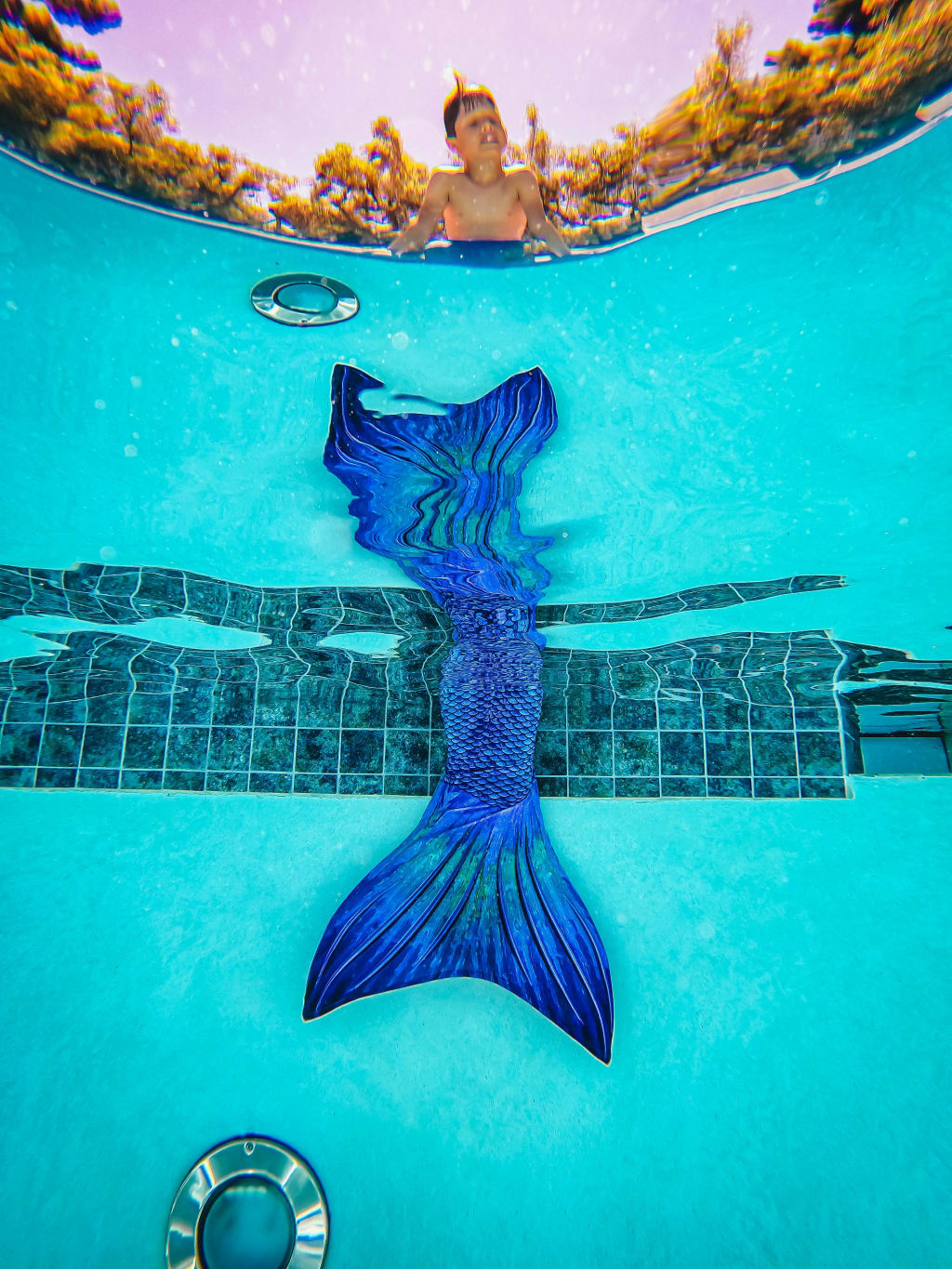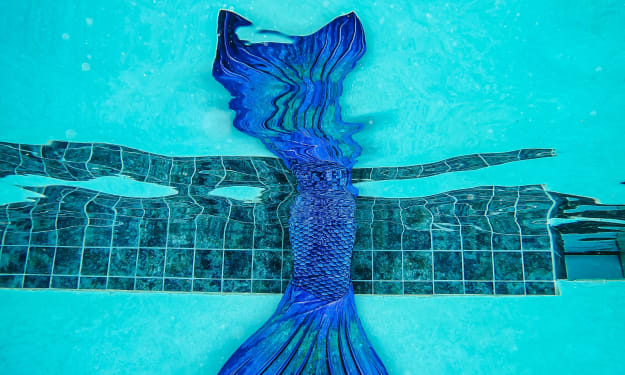Which country has the oldest mermaid?
In Search of the Eldest

In Search of the Eldest: Unveiling the Origins of the Mermaid Myth
The question of which country boasts the oldest mermaid is a captivating dive into the depths of mythology and folklore. Mermaids, those enchanting creatures with the head and torso of a human and the tail of a fish, have captivated storytellers for millennia. While not real creatures, their presence in various cultures speaks to a deep-seated human fascination with the ocean and its mysteries.
This quest for the oldest mermaid leads us not to a specific nation, but on a journey across continents and through time. Here, we'll explore some of the earliest depictions of mermaid-like beings, uncovering the rich tapestry of cultures that have woven these aquatic wonders into their traditions.
A Syrian Splash: The Birth of Atargatis (1000 BC)
One of the strongest contenders for the title of "oldest mermaid" comes from ancient Syria. Around 1000 BC, the legend of Atargatis emerged. Atargatis, a goddess of fertility and love, was said to have fallen in love with a mortal shepherd. In a moment of despair, she threw herself into a lake, transforming from a human into a fish-tailed creature. However, the gods, unwilling to let her beauty vanish, decreed that her upper half would remain human. This story, with its tragic transformation and enduring beauty, is considered one of the earliest references to a mermaid-like figure.
Mesopotamian Mer-Deities: Oannes, the Fish-God (5000 BC)
Traveling further back in time, we encounter Oannes, a fascinating figure from Mesopotamian mythology (present-day Iraq, Kuwait, Syria, and Turkey) dating back to 5000 BC. Oannes wasn't quite a mermaid, but a fish-god credited with bringing knowledge and civilization to humanity. Depicted with a human head and the body of a fish, he represents a link between the aquatic and human worlds, an early exploration of the connection between humanity and the mysteries of the deep.
Greek Nymphs and the Lure of the Sea
Across the Mediterranean, Greek mythology offers a glimpse into water spirits known as Nereids and Naiads. While not depicted with fish tails, they were beautiful nymphs associated with the sea and freshwater, respectively. These captivating figures, often linked to the god Poseidon, embodied the allure and potential dangers of the ocean.
Asian Aquatic Legends: From Japan's Mermaid Mummies to China's River Spirits
The concept of mermaid-like creatures wasn't confined to the West. In Japan, stories abound about the Amabie, a mermaid said to bring prosperity. More macabre are the tales of the Yani, grotesque creatures with the head of a monkey and the body of a fish. Legends of Kappa, mischievous water spirits resembling turtles with human-like features, also hold a place in Japanese folklore.
China boasts a rich tapestry of aquatic myths. The Shan Hai Jing, an ancient Chinese text, mentions the Jiaoren, a fish-like creature with a human face. Legends also speak of the Hai Nü, beautiful and benevolent water spirits who could control the tides.
Beyond Borders: The Universality of the Mermaid Myth
These are just a few examples of the diverse cast of mermaid-like creatures that populate various mythologies. From the alluring Atargatis to the mischievous Kappa, the mermaid myth transcends geographical boundaries.
This universality likely stems from humanity's shared experience with the ocean. The vastness of the sea, its hidden depths, and the power it wields have always inspired wonder and fear. Mermaids, with their dual nature, bridge the gap between the familiar human world and the unknown depths, embodying our fascination and apprehension towards the ocean.
The Evolution of the Mermaid: From Goddess to Disney
The mermaid myth has continued to evolve over time. The medieval period saw a shift towards a more menacing portrayal, with mermaids often depicted as dangerous temptresses luring sailors to their doom. However, by the Renaissance, a more romanticized vision emerged, with mermaids becoming creatures of beauty and grace.
The arrival of the 19th century saw Hans Christian Andersen's iconic "The Little Mermaid," a story that cemented the modern image of the mermaid as a beautiful young woman yearning for a life on land. This enduring tale, along with Disney's animated adaptation, solidified the mermaid's place in popular culture.
Conclusion: A Celebration of Cultural Tapestry
While pinpointing the "oldest" mermaid to a single country is difficult, the search itself reveals a fascinating journey through human history and storytelling. From the ancient world to modern fairytales, the mermaid myth continues to resonate, reminding us of our deep connection to the ocean and the power of our imaginations. The true treasure lies not in finding the oldest mermaid
About the Creator
Moharif Yulianto
a freelance writer and thesis preparation in his country, youtube content creator, facebook
Enjoyed the story? Support the Creator.
Subscribe for free to receive all their stories in your feed. You could also pledge your support or give them a one-off tip, letting them know you appreciate their work.






Comments
There are no comments for this story
Be the first to respond and start the conversation.